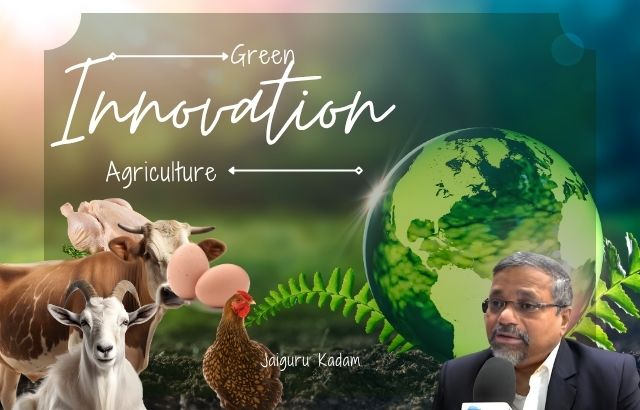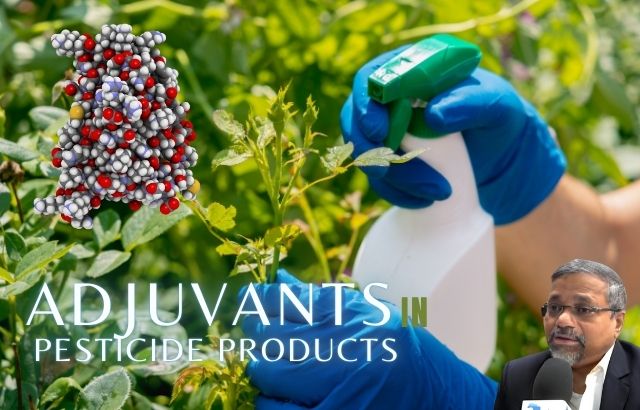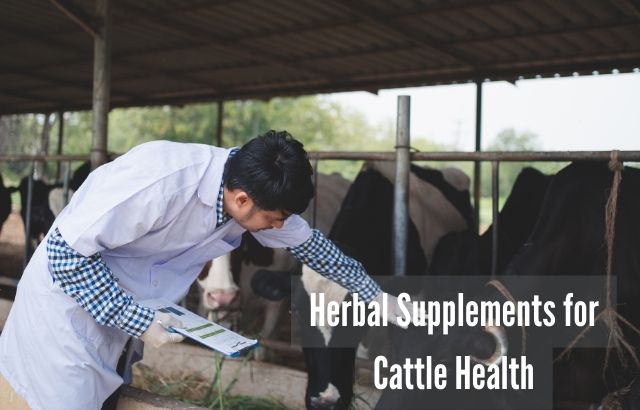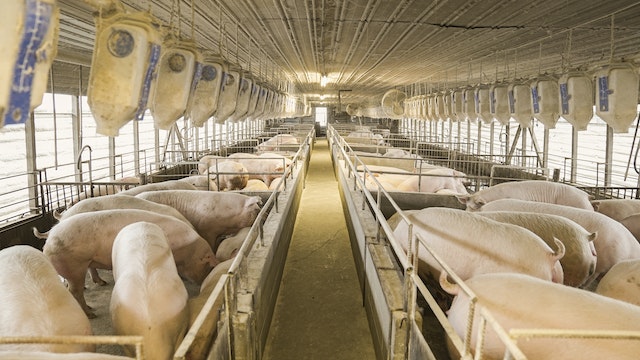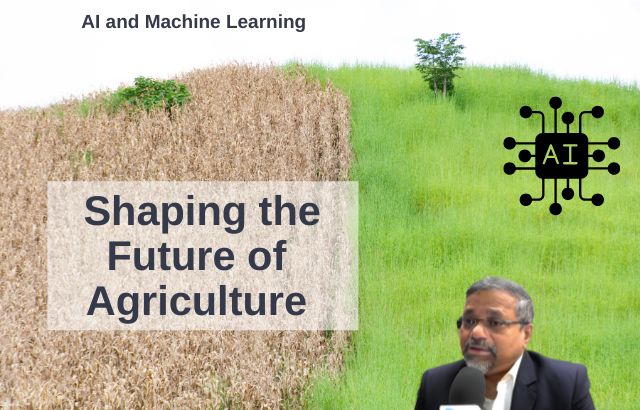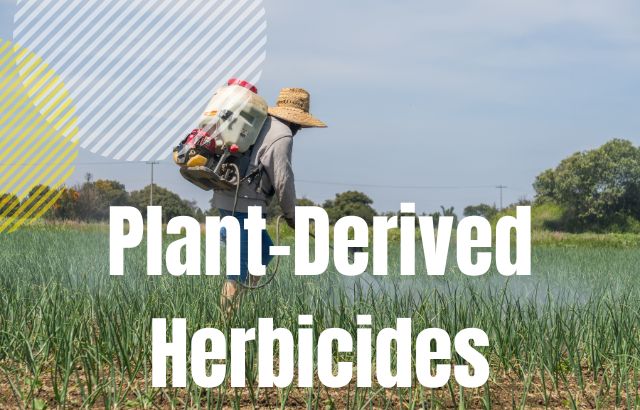In an era where sustainability and eco-consciousness are driving the future of industries, agriculture stands as one of the key sectors in need of innovation. Green innovation, which focuses on sustainable, eco-friendly practices and products, is reshaping how we approach farming, livestock management, poultry production, and aquaculture. Jaiguru Kadam, a pioneer in green innovation, has been instrumental in helping companies in these industries develop products that not only meet market demands but also contribute positively to the environment. His insights shed light on how green innovation is changing the way we produce food and manage agricultural processes.
The Role of Green Innovation in Agriculture
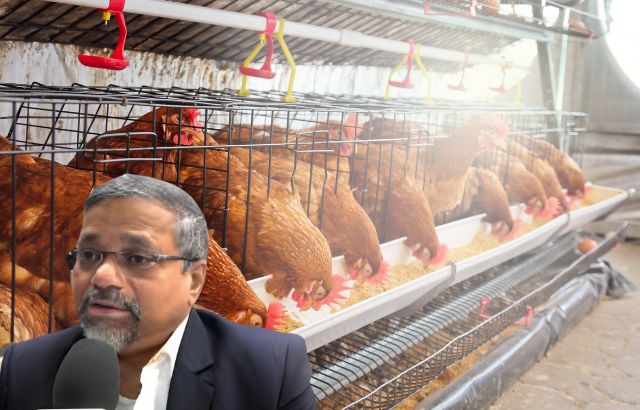
Agriculture has traditionally been one of the most resource-intensive sectors, requiring large amounts of water, land, and energy to produce food. The livestock, poultry, and aquaculture industries, in particular, have faced significant challenges in reducing their environmental footprints. Green innovation comes into play by introducing sustainable practices, such as creating additives, colorants, and alternative feed products that are not only effective but also eco-friendly.
Jaiguru Kadam has been at the forefront of helping companies within these sectors to create new, more sustainable products that improve production efficiency while reducing the negative impact on the environment. Through careful research and collaboration with industry experts, Kadam has been able to identify optimal combinations of natural additives, feed supplements, and other innovations that benefit both the animals and the ecosystem.
How Green Innovators Help Livestock, Poultry, and Aquaculture Industries
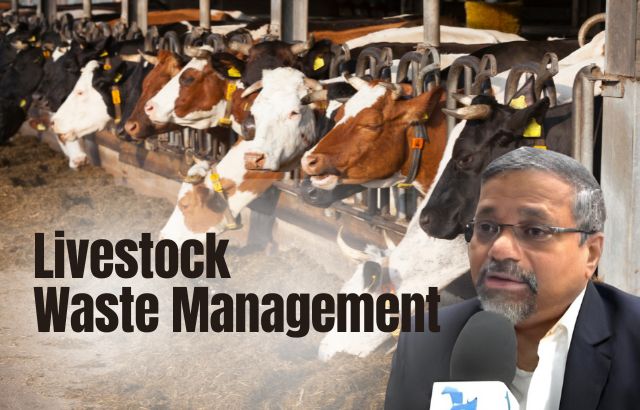
Green innovators like Jaiguru Kadam assist agricultural companies in transforming their operations through the development of products and strategies that enhance animal health and productivity while reducing environmental harm. Here are a few key ways in which green innovation is impacting the livestock, poultry, and aquaculture industries:
- Sustainable Feed Additives
One of the primary challenges in these industries is the sourcing and composition of animal feed. Conventional feed often relies on non-sustainable ingredients and can result in wasteful production practices. Green innovators like Kadam have developed eco-friendly feed additives that not only improve the nutritional value of feed but also reduce the carbon footprint of feed production. These additives can increase feed efficiency, reduce the need for harmful chemicals, and promote better health in livestock, poultry, and aquaculture species.Example: Research into algae-based additives has demonstrated their ability to reduce methane emissions in livestock, a major contributor to climate change. By incorporating these natural ingredients into livestock feed, Kadam’s innovations help mitigate the environmental impact of farming. - Natural Colorants for Poultry and Aquaculture
In both poultry and aquaculture, there is an increasing demand for products that look visually appealing, which often leads to the use of artificial colorants in feed. These synthetic colorants can have negative environmental consequences when improperly managed. Green innovation aims to replace these artificial additives with natural colorants that are both safe for animals and the environment.Example: Natural carotenoids, such as those derived from marigold flowers, are being used in poultry feed to enhance the yellow color of egg yolks and chicken skin without relying on synthetic dyes. Similarly, in aquaculture, green innovators like Kadam are working on natural colorants that help fish like salmon develop the bright, pink hue consumers expect, without relying on harmful chemicals. - Aquaculture Innovations for Water Quality Management
Aquaculture—farming of fish, shellfish, and other aquatic organisms—has long been criticized for its environmental impact, particularly in terms of water pollution and the use of antibiotics. Through green innovation, sustainable aquaculture practices are being developed that focus on improving water quality, reducing the use of chemicals, and minimizing waste.Example: Kadam has worked on developing bio-based solutions for controlling harmful algae growth in aquaculture ponds. By using natural compounds derived from plants and marine organisms, he helps aquaculture farms prevent algal blooms without resorting to harmful chemicals that can damage the ecosystem. - Bio-Based and Eco-Friendly Packaging
As consumer demand for sustainable products increases, the packaging used for meat, eggs, and fish must also become more eco-friendly. Green innovators are helping companies create biodegradable packaging solutions that reduce plastic waste and carbon emissions.Example: Kadam’s work with biodegradable packaging, made from natural fibers and plant-based plastics, is helping poultry and aquaculture companies package their products in a more environmentally responsible manner. This helps companies not only meet sustainability goals but also appeal to consumers who are increasingly concerned about plastic pollution.
Impactful Statistics in Green Innovation
The statistics surrounding green innovation in agriculture are compelling. According to the International Food Policy Research Institute (IFPRI), the global livestock sector accounts for nearly 15% of greenhouse gas emissions, with much of it coming from methane produced by ruminants. By introducing green innovations like methane-reducing additives and alternative feed sources, industries can significantly lower their carbon footprint.
In the poultry industry, over 70% of production costs come from feed alone. With the development of more sustainable and efficient feed additives, companies can cut costs while improving overall animal health. Moreover, sustainable feed can lead to improved meat quality, benefiting both producers and consumers.
The aquaculture industry has also seen positive changes. According to the FAO (Food and Agriculture Organization), approximately 60% of global fish consumption comes from farmed fish. However, aquaculture operations often contribute to water pollution due to waste and chemicals. Green innovations in biofiltration systems and water-quality management have shown that water use can be reduced by up to 40% in sustainable systems, significantly improving the industry’s environmental impact.
Real-World Success Stories
Jaiguru Kadam’s work has led to tangible results in the industries he serves. For instance, his collaboration with a major poultry feed company resulted in the development of a natural feed supplement that reduced the amount of antibiotics needed for disease prevention. This innovation not only improved the health of the poultry but also reduced the risk of antibiotic resistance, a growing concern in the agriculture sector.
Similarly, in the aquaculture sector, Kadam’s efforts to introduce sustainable feed and water-management solutions have helped fish farms reduce their dependency on synthetic chemicals and improve the overall health of their stock. These innovations have contributed to cleaner, healthier oceans and lakes, with improved economic returns for farmers.
Looking Ahead: The Future of Green Innovation in Agriculture
The future of green innovation in agriculture is bright. As consumers become more eco-conscious and regulations around sustainability become stricter, industries must adapt or risk falling behind. Jaiguru Kadam’s insights provide a roadmap for how companies can thrive in this new era of agriculture, focusing on innovation, sustainability, and eco-friendly practices.
By embracing green innovation, the livestock, poultry, and aquaculture industries can not only improve their environmental impact but also increase profitability through efficiency and sustainable product offerings. As the world’s population grows, the need for sustainable agriculture will become even more urgent, and green innovators like Kadam will play a critical role in shaping that future.
Conclusion
Green innovation is not just a trend but a necessity for the future of agriculture. By developing sustainable additives, colorants, and management practices, pioneers like Jaiguru Kadam are transforming the livestock, poultry, and aquaculture industries. These innovations are not only environmentally responsible but also economically beneficial, creating a win-win scenario for businesses, consumers, and the planet. The future of agriculture lies in the hands of those who embrace green innovation, and the results are already proving to be both promising and sustainable.
Jaiguru Kadam stands as a true pioneer in green innovation, transforming how agriculture operates by developing sustainable products and solutions that enhance productivity while protecting the planet. His work in the livestock, poultry, and aquaculture industries has had a lasting impact, helping companies transition toward more eco-friendly and profitable practices. As the world continues to grapple with climate change and environmental challenges, Kadam’s commitment to sustainable agriculture is paving the way for a more resilient and responsible future in food production.

